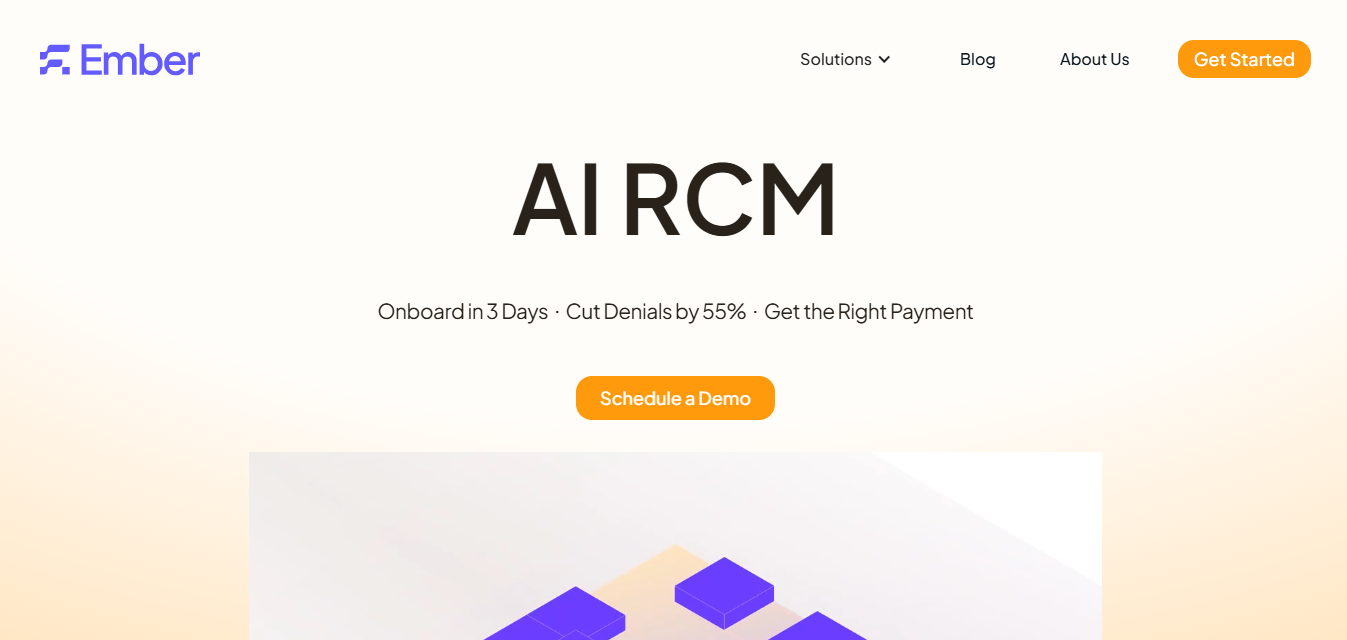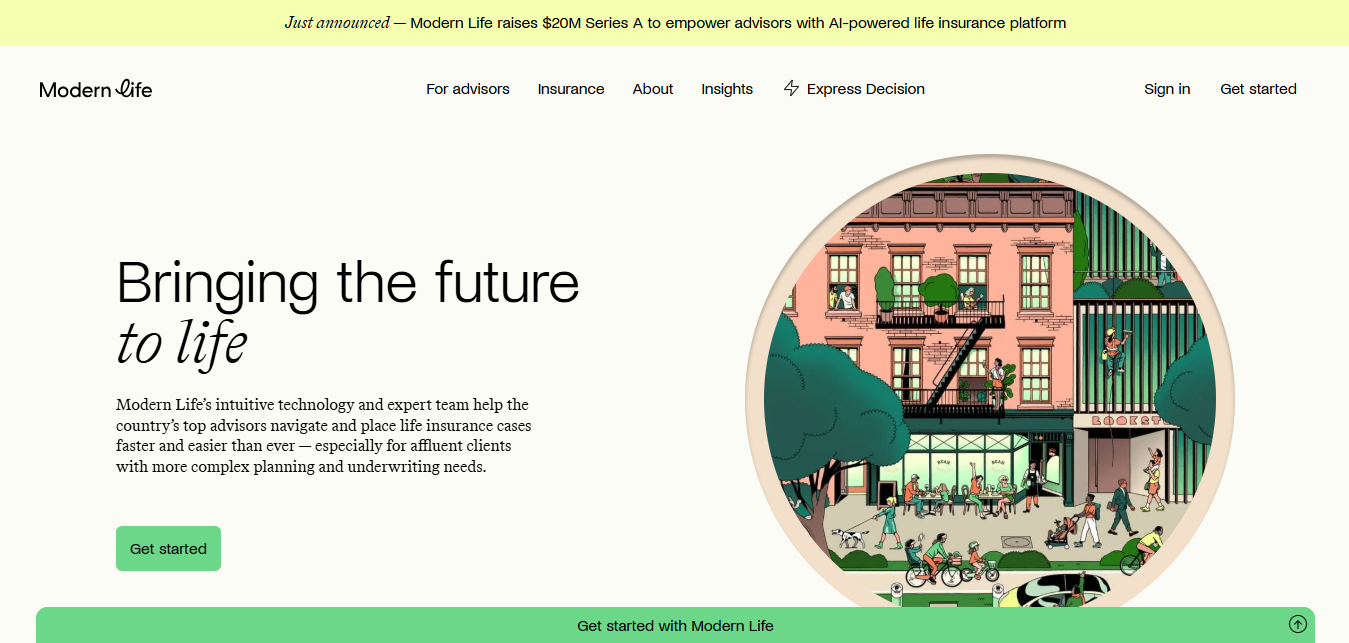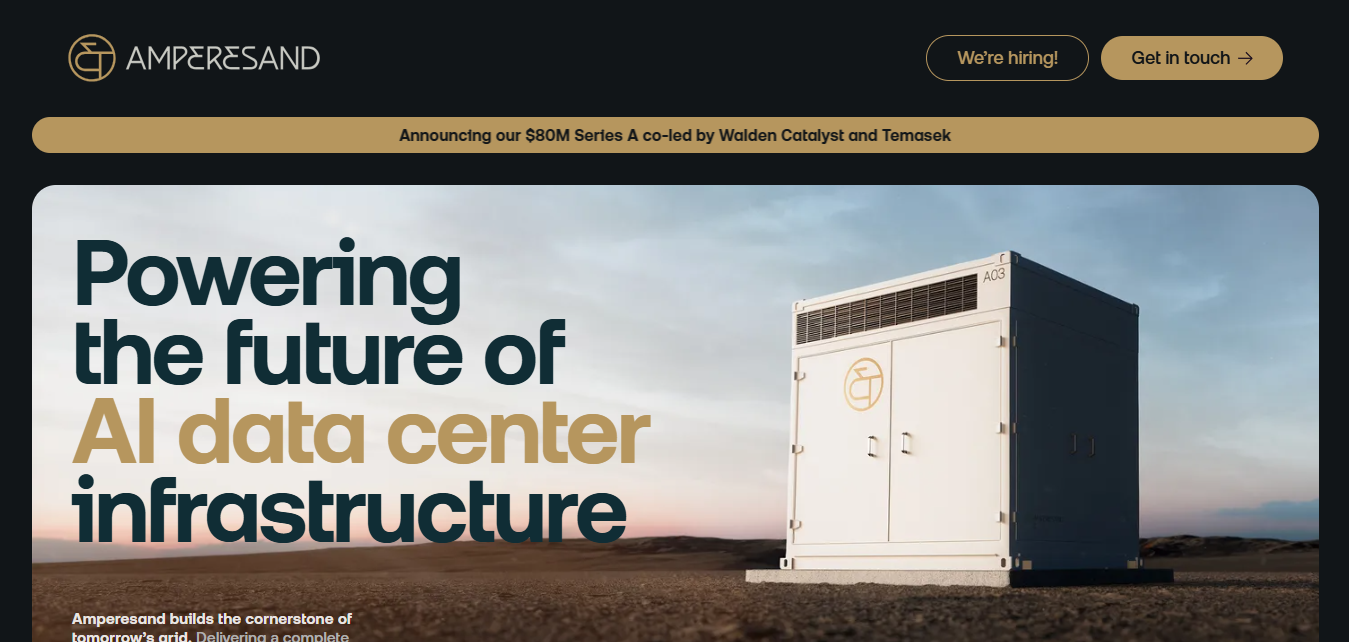Copper Secures $28M to Accelerate Sustainable Building Materials Innovation
August 31, 2025
byFenoms Start-Ups

Copper, the climate-tech startup reimagining the materials supply chain, has raised $28 million in its latest funding round. The round was led by Prelude Ventures, Building Ventures, Voyager, Collaborative Fund, Climactic, and others, signaling growing investor confidence in the urgent shift toward sustainable construction solutions.
This milestone represents more than just a capital injection - it’s a clear validation of Copper’s mission to reshape how materials are sourced, manufactured, and deployed in the built environment, one of the largest contributors to global carbon emissions.
Why Copper’s Mission Matters
The construction and building materials sector is responsible for nearly 40% of global CO₂ emissions, making it a critical area of focus in climate innovation. Traditional materials such as cement, steel, and glass carry a heavy environmental footprint. With rising demand for infrastructure and urbanization, the need for sustainable alternatives has never been more urgent.
Copper is tackling this challenge head-on by reengineering the supply chain around low-carbon, circular, and locally sourced materials. Their platform helps developers, builders, and suppliers transition to a greener future without compromising on cost, strength, or scale.
The fresh $28M funding will allow Copper to expand production capacity, advance R&D in next-gen sustainable materials, and accelerate partnerships with builders eager to reduce their embodied carbon footprint.
The Problem with Traditional Building Materials
While clean energy and electric mobility often dominate climate discussions, the built environment is a sleeping giant in emissions. Consider these staggering statistics:
- Cement alone contributes to 8% of global CO₂ emissions.
- Steel production accounts for roughly 7–9% of direct fossil fuel use worldwide.
- Demand for urban infrastructure is expected to double by 2060, equivalent to building another New York City every month for the next 40 years.
The numbers are sobering, but they also represent an immense opportunity for innovation. Copper is positioning itself as the bridge between this problem and a practical, scalable solution.
What Makes Copper Different
Unlike traditional suppliers, Copper isn’t just focused on producing eco-friendly materials - it’s building an entire data-driven ecosystem around them. Here’s what sets the company apart:
- Low-Carbon Materials at Scale – Copper sources and manufactures sustainable alternatives to cement, steel, and other building essentials, ensuring builders can meet environmental targets without major cost premiums.
- Circular Economy Approach – The platform emphasizes reusing and recycling construction waste, closing the loop in the material supply chain.
- Supply Chain Transparency – Builders can trace the environmental impact of their material choices, backed by life-cycle analysis (LCA) and emissions data.
- Partnership-First Model – Copper is working with contractors, real estate developers, and policymakers to mainstream sustainable procurement practices.
By tackling emissions at the root of the construction process, Copper goes beyond greenwashing - it provides verifiable, science-based solutions to one of the world’s hardest-to-decarbonize sectors.
Strategic Backing from Climate-Forward Investors
The quality of Copper’s investor syndicate underscores its potential impact. The round includes:
- Prelude Ventures – a leader in climate innovation funding, known for backing companies addressing systemic decarbonization challenges.
- Building Ventures – focusing on technology-driven transformation in the built environment.
- Voyager and Collaborative Fund – early-stage investors committed to reshaping industries through sustainability and impact.
- Climactic – a climate-specialized fund amplifying high-potential technologies.
This mix of financial firepower and sector expertise gives Copper both the capital and strategic guidance to navigate the highly complex construction industry.
The Bigger Picture: A New Era for Green Construction
The global green building materials market is projected to grow from $394B in 2023 to over $652B by 2030. This surge is being fueled by:
- Stricter regulations requiring developers to disclose and reduce embodied carbon.
- Corporate ESG mandates, where real estate developers face pressure to decarbonize.
- Consumer demand for environmentally conscious infrastructure.
In this landscape, Copper isn’t just a participant - it’s emerging as a frontrunner. By offering a scalable solution that blends economic viability with environmental responsibility, Copper is poised to help reshape the $12 trillion global construction industry.
CEO Sam Calisch’s Vision
Founder and CEO Sam Calisch has consistently emphasized that solving the climate crisis requires working with industries that “move atoms, not just bits.” Unlike software-driven solutions, the physical economy - steel, concrete, timber, and supply chains - must be reimagined if humanity is to meet net-zero targets.
In his words, “The materials that make up our buildings determine the future of our planet. Copper is here to ensure that future is sustainable, resilient, and scalable.”
This human-centered mission resonates deeply with investors and builders alike, positioning Copper as a movement, not just a company.
Cooper in the Industry
- Embodied Carbon is the Next Frontier – Operational efficiency (like energy use in buildings) has seen progress, but embodied carbon from materials is now in the spotlight. Copper’s timing couldn’t be better.
- Scalability Matters – Small pilot projects aren’t enough. Copper’s mass-scale production approach makes it attractive for governments and mega-developments.
- Economic Advantage – Contrary to the myth that green materials are always more expensive, Copper leverages supply chain efficiency to make its solutions cost-competitive.
- Global Replicability – While Copper is scaling in the U.S., its model is easily transferable to emerging markets where construction demand is booming.
What’s Next for Copper
With $28 million freshly secured, Copper’s roadmap includes:
- Expanding production capacity in North America.
- Enhancing R&D to push the boundaries of carbon-negative materials.
- Forging policy partnerships to accelerate adoption at the municipal and national levels.
- Building global alliances to bring sustainable materials to markets facing rapid urbanization.
If successful, Copper won’t just change the materials we use - it could redefine the economics of global construction.
Final Thoughts
Copper’s $28M raise is more than a milestone; it’s a signal that the future of building is changing. With strong investor backing, a visionary leadership team, and a clear focus on decarbonizing materials at scale, Copper is set to make a profound impact on one of the world’s most polluting industries.
In a decade, when sustainable construction becomes the default rather than the exception, Copper’s fingerprints will likely be found at the foundation of that transformation.









